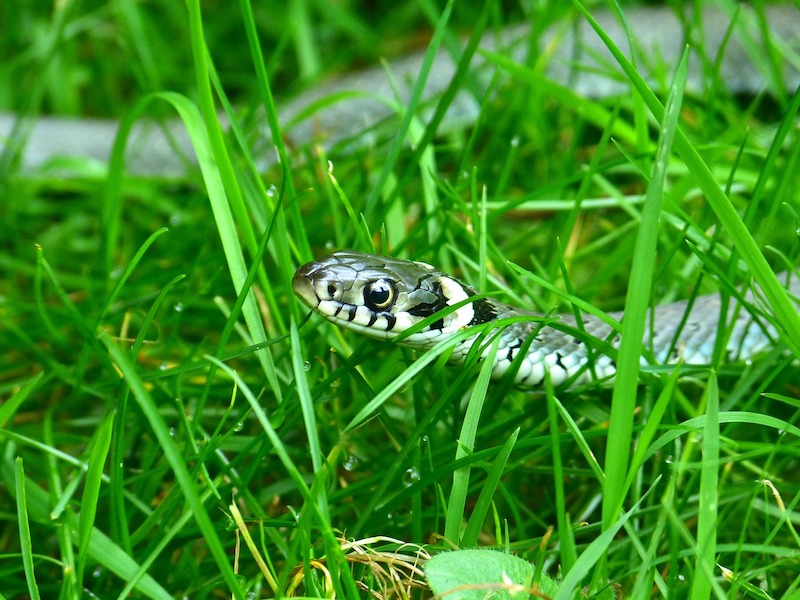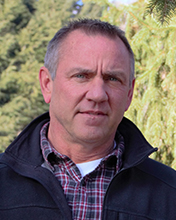Why Lawn Care Is an Essential Service in a Pandemic
BY BRENDA STUART | APRIL 9TH, 2020 | BLOG, LAWN CAREFood. Clothing. Shelter. Lawn care. All are essential to well-being. No one questions by the first three, but lawn care? While it might not seem so at first glance, there are good reasons many state and local governments have deemed lawn care is an essential service, even during a pandemic.
Public Safety
Mother Nature didn’t get the memo about self-isolation, and springtime plant growth is going full-tilt. Those weeds coming up in the sidewalk cracks and tall grasses growing along roadways are more than a visual issue. They present a public safety hazard. Unchecked weeds can make passage near impossible for people with mobility impairments, wheelchair users in particular. Weeds also compromise walkways over time, leading to cracking and heaving. Anything that forces wheelchair users into roadways is dangerous for obvious reasons.
Overgrown grasses, shrubs, and trees in medians and public right-of-ways impairs your visibility along roads with blind turns and intersections. No wonder the National Association of Landscape Professionals petitioned the federal government to affirm that lawn care should bear the essential service label.
Public Health
Tall grasses and weeds give a yard an unkempt look, but that’s the least of your worries. The reason that hundreds of cities, counties and homeowners associations regulate lawn length is due to public health and safety. Those regulations have been upheld many times in court cases, and the consequences for failure to comply range from fines to foreclosure. So if a local agency can threaten a lien against your property for not mowing grass, they can hardly claim it isn’t an essential service.

The reasons are many. An overgrown lawn is an open invitation for snakes looking for a place to lay eggs. Insect vectors of disease thrive in tall grass and weedy areas. Rodents, fleas, mosquitoes, and ticks are all more than happy to nest in neglected yards, where they pose a threat to humans and pets. Ticks and fleas are a serious concern. They carry Lyme disease, anaplasmosis, babesiosis, and a form of encephalitis. Our health care system has enough to deal with right now, without worrying about insect born diseases. Keeping vegetation under control is necessary for keeping dangerous insects in check.
Home Security and Safety
While trees and shrubs provide privacy and shade, they also need to be maintained to stay healthy and reduce risks. Trees with weak or dead branches pose a threat to our roofs. Purdue Univerity urban forestry specialist Lindsey Purcell says, “The most important reason to prune a mature tree is to reduce the risk of tree failure, especially in the crown. This includes removing weak branches on a tree in decline or branches damaged by a storm.” He recommends cutting in late spring to minimize the risk of infection to the tree. It’s also easier to spot damage and dead branches when buds and leaves emerge.
Another important aspect of maintaining grass, shrubs, and other landscape plants? Home security. Tall grass and shrubs contribute to opportunities for crime, giving ne’er-do-wells places to hide. Unattended trees and shrubs also obscure the view of security cameras or block the view of address numbers. Wayward branches can even injure pedestrians walking by your yard. Proper lawn care and yard maintenance can help to keep you, your home, and your neighbors safe.
Mental Health and Well-Being
Mental health and a tidy landscape go hand in hand. Service lapses in fields, parks, homes, and businesses can quickly lead to chaotic-looking neighborhoods, which can take a mental toll on residents. Josh Perkins, owner of Plant Studio Landscape in Muncie, Ind., points out, “If all the landscapers stopped working, our cities would look like a scene out of an apocalypse movie, fast.” He goes on to note that, “Everything would look rundown, and it would be hard to recover from.” Maintaining a landscape is no different from maintaining a vehicle, he says: All the ongoing care you put into a landscape ensures it will continue to function in the future.
Far from being a luxury, lawn care is justifiably categorized as essential in almost every major municipality. Keep in mind, some cities consider lawn and tree care essential, but professional mulching and flower bed prep can wait. For national health, safety, and well-being, we need to make sure that our yards and properties stay maintained during this difficult time.

Lindsey Purcell is an urban forestry specialist who teaches at Purdue’s College of Agriculture. He also serves as executive director of the Indiana Arborists Association. He’s a certified arborist who once served as the forestry supervisor with the city of Indianapolis and the director of operations for The Nature Conservancy of Indiana.